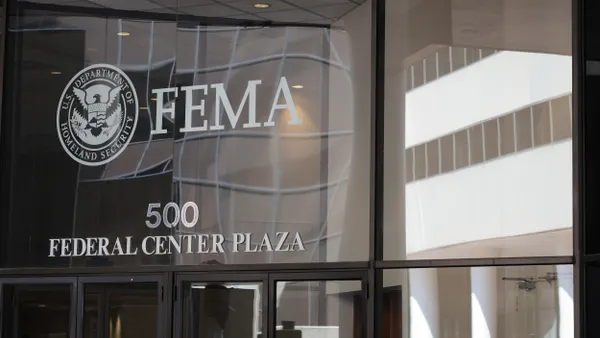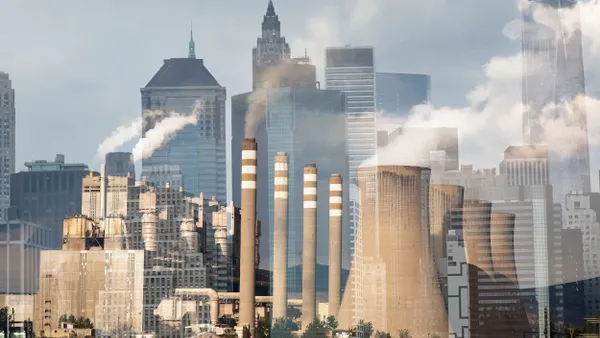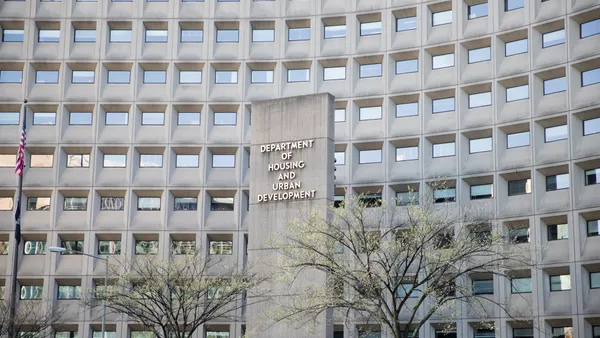Dive Brief:
- Boston Mayor Marty Walsh announced a plan to transform the city’s 47-mile shoreline in an effort to prevent flooding from climate change-fueled storms. The "Resilient Boston Harbor" plan would add 67 acres of green space to the shoreline and protect infrastructure from higher sea levels.
- The plan would involve restoring 122 acres of parks and tidal areas to create natural buffers. Under the plan, miles of roads and infrastructure would be raised, and some downtown areas, parks and roads would be redesigned to reduce damage from potential flooding.
- "We’re not just planning for the next storm we’ll face, we’re planning for the storms the next generation will face," Walsh said in a statement. "As we enter a new era in our Harbor's history, Boston can show the world that resilience is not only the ability to survive adversity, but to emerge even stronger than before. That's the promise of a Resilient Boston."
Dive Insight:
Walsh did not outline how much the plan would cost, but did say it would be less than the cost of damage from rising sea levels. A 2016 report by the city projected that sea levels could rise some 36 inches by 2070, causing more than $14 billion in damage and affecting 12,000 buildings. Walsh unveiled the plan in a speech at the Greater Boston Chamber of Commerce, in part to encourage private investment, but funding would also come from local and state governments, philanthropies and federal funding (the plan specifically mentions a $10 million mitigation grant from the Federal Emergency Management Agency).
It comes as coastal cities around the world are figuring out how to protect infrastructure from rising seas as the threats of storm surges become more concrete. Honolulu Mayor Kirk Caldwell this summer signed a directive to get city agencies to take action to prevent sea level rise and protect against it and New York City has been exploring options from a seawall to adapting coastal green space to better drain. This plan comes just after the United Nations’ Intergovernmental Panel on Climate Change released a stark warning on the rapidly approaching impacts of climate change, including rising oceans threatening coastlines.
Adapting existing infrastructure by raising roads, elevating buildings or moving electrical systems out of flooding range is expensive, but often necessary. Cities are also exploring less intrusive options, like installing porous concrete that reduces flooding, building retention ponds and upgrading sewers.
The Boston plan fits in with the city’s climate strategy — Walsh has been one of the more outspoken mayors in the We Are Still In coalition to support the goals of the Paris climate change agreement in the absence of federal leadership — and with the city’s Imagine Boston 2030 long-range plan.









